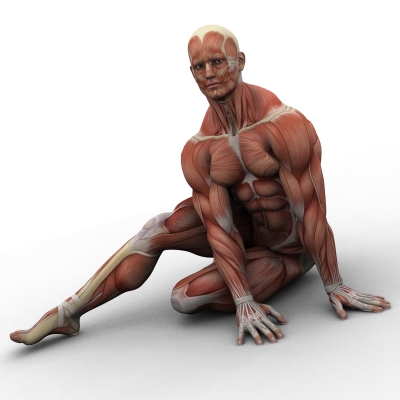DOMS – Delayed Onset Muscle Soreness
Delayed Onset Muscle Soreness – DOMS
Starting a workout program can be challenging. Making the time to exercise, creating a balanced routine, and sticking to the plan are hard enough but add the muscle soreness that comes with adapting to that program, and it may be difficult to stay on track. Chances are, you won’t be leaping out of bed to go for a run when it hurts to walk down the stairs.
After participating in some kind of strenuous physical activity, particularly something new to your body, it is common to experience mild muscle soreness.
We refer to this gradually increasing discomfort that occurs between 24 and 48 hours after activity as Delayed Onset Muscle Soreness (DOMS) and it is perfectly normal.
What is DOMS?
DOMS is from small microscopic tears in the muscle. This mild muscle strain injury creates microscopic damage to the muscle fibers. This damage, coupled with the inflammation that accompanies these tears, cause the pain.
Don’t fear, this muscle discomfort is only a temporary symptom of using your muscles and placing stresses on them. This stimulates the body to build more muscle to make you stronger and better able to perform the task the next time.
What can I do to reduce the pain of DOMS?
This soreness should not last very long, and should get better with each day. There are a few things you can do to help reduce the pain.
- Keep moving to keep the blood flowing and help flush out toxins (lactic acid)
- Stay hydrated to further flush out the toxins
- Gentle stretching to help avoid spasms
- Epsom Salt baths

